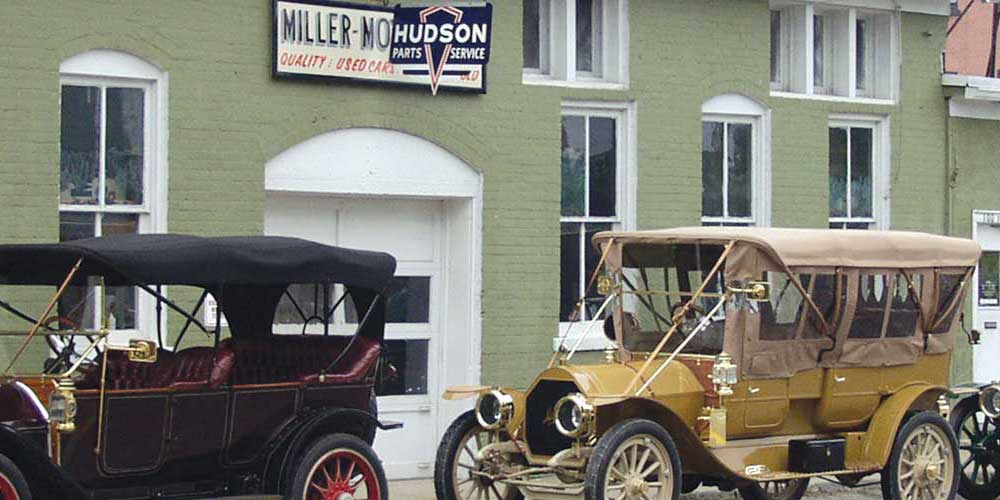By: Robert Tate, Automotive Historian/Researcher
Images: Courtesy of the National Automotive History Collection
Posted: 08.12.2015
When you look back over our far-reaching automotive heritage and the history of auto advertising, in your research, you’d have to go back to the very beginning.
The automobile was used for many purposes, including to help people travel around the country. To start this great journey through automotive history, let’s go back to the early 1890s when the Studebaker company sold standard farm wagons used for every day hauling or for basic transportation needs. Carriages were also used for every day transportation and played a significant role in traveling for many Americans in the United States.
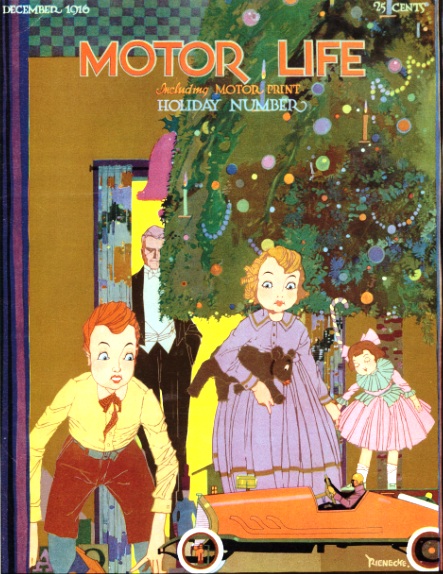 The Motor Life Cover in 1916
The Motor Life Cover in 1916
No invention, however, has revolutionized our way of living more than the automobile. I’d like to spotlight some of the early inventions that helped to shape our automobile heritage.
For example, the 1893 Duryea, which was a 2-seater buggy that offered a 1-cycle horizontal engine, and the popular 1896 Ford Quadricycle, with its 2-seater, 2-cycle horizontal s.v. engine. And later, the 1899 Packard would have offered a 2-seater, 1-cycle horizontal water cooled engine.
However, one of the most important automotive historical inventions in the early days of manufacturing was by Henry Ford, who greatly improved the mass-production technique with the introduction of conveyor belts. The late Henry Ford, had the bare frame, or chassis, of a car pulled along a conveyor. The factory workmen on each side added parts brought to them by other conveyors (Highland Park, Piquette Avenue Factory). Once the automobiles were manufactured and produced then came the important role of automobile advertising and sales.
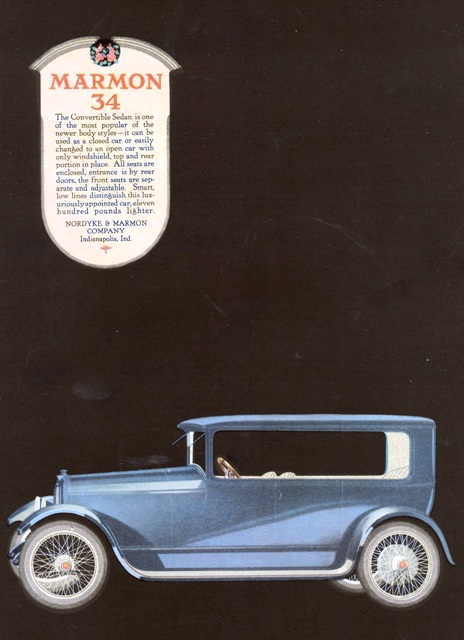 Marmon 34 Year 1917
Marmon 34 Year 1917
Auto advertising was a very important tool allowing manufacturers to sell their products to the buying public. As an example, let’s take a look back at the advertising that was featured in Motor Life publication dating back to 1916. Motor Life Magazine was one of the early publications that many motorists admired and researched for information regarding the automobile.
Motor Life was published monthly by the Motor Print Company in New York under the leadership of the late Warner H. Jenkins, company president. Advertising was the tool used to reach millions of consumers. The Marmon automobile, which was made in Indianapolis, Indiana (1902-1933) by the Nordyke & Marmon Company, featured a light-weight automobile that many consumers really liked.
The automobile was once a famous name in passenger cars. The Marmon 34, was often referred to as “a scientifically constructed vehicle” in ads. It was a comfortable, high-powered and high quality car. On average, it cost the consumer $2,750 to purchase. A great advertising theme featured at the time was a impactful way to illustrate the model’s information.
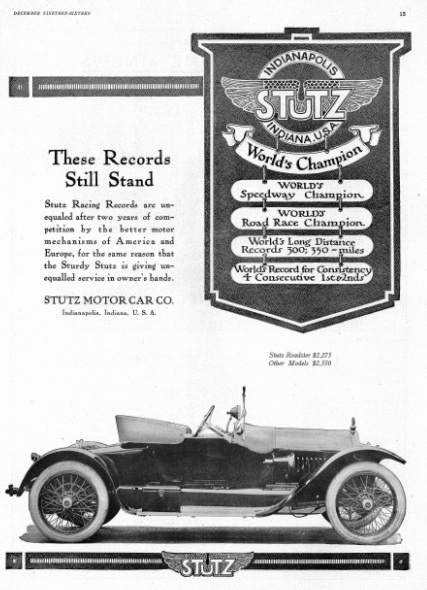 Stutz Roadster, 1917
Stutz Roadster, 1917
Another popular vehicle in 1916 was the Stutz Roadster which was also manufactured in Indianapolis, Indiana.
The Stutz was a strong and sturdy automobile. It had the reputation of being a fighter. It can be argued that auto racing accelerated the development of the automobile. The advertising theme for the Stutz automobile was “We are not marketing a new untried design built to stimulate sales. Stutz cars do not sell because of talking points but on honest and reliable performance."
The Stutz model designs held the 1915 road and speedway championships. It was the only design of a car that won first and second in four consecutive long distances races. The Stutz automobile had a distinguished appearance with lines that were strong and bold. The Stutz models were called “World Champion Motor Cars."
Willys Six of 1916 advertising was highlighted as “It gives you greater power of the normal driving speeds." The models were manufactured by the Willy’s-Overland Company in the Toledo, Ohio area. The Willys Six seven-passenger touring cars were long in design and offered pleasing proportions with a sloping windshield for the driver and his or her passengers. The advertising highlighted the automobile features as well as its speed and power.
 HOUK Wire Wheels Advertising
HOUK Wire Wheels Advertising
In conclusion, the automobile is one of the most important products in American consumer culture. Throughout the history of the automobile industry, American advertising has played the important strategic role of marketing automobiles that will always be a part of automotive history.
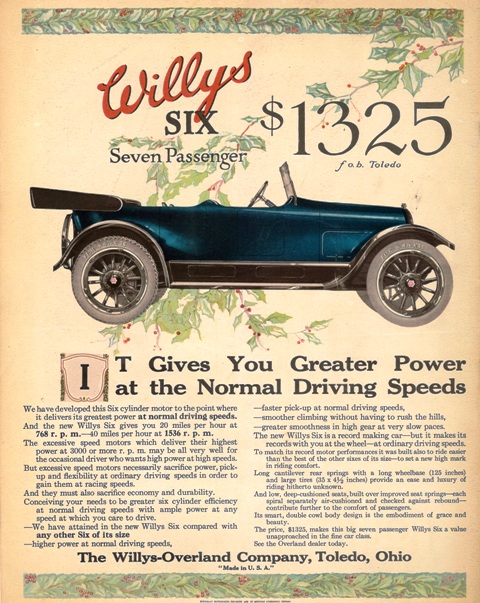 Willys Six
Willys Six
A special thanks to Robert Tate, Automotive Historian and Researcher, for donating the story to the MotorCities Story of the Week program. Photographs are courtesy of the National Automotive History Collection. (Bibliography: Motor Life Magazine December 1916. Motor Print company New York. Kimes Rae Beverly & Clark, Jr. Henry Austin. “Standard Catalog of American Cars 1805-1942. 1988. Banham Russ & Newman Paul. “The Ford Century” 2002.)
For further information on photos please visit http://www.detroitpubliclibrary.org/ or email This email address is being protected from spambots. You need JavaScript enabled to view it.. Please do not republish the story and/or photographs without permission of MotorCities National Heritage Area.


